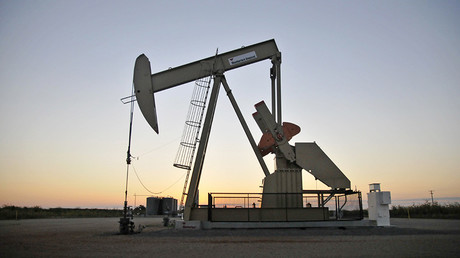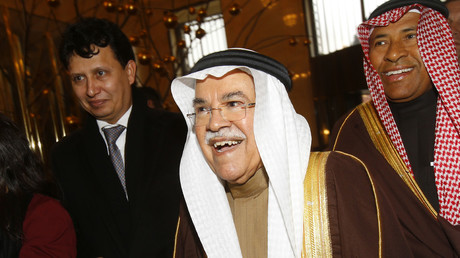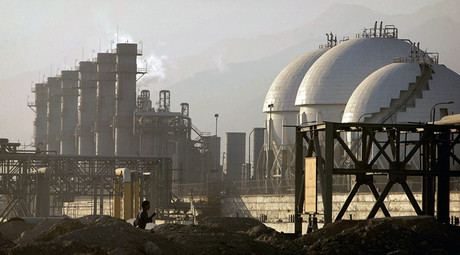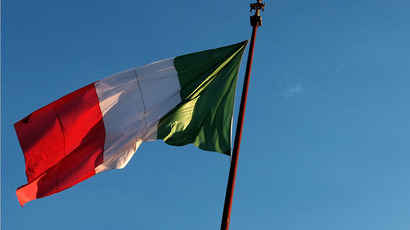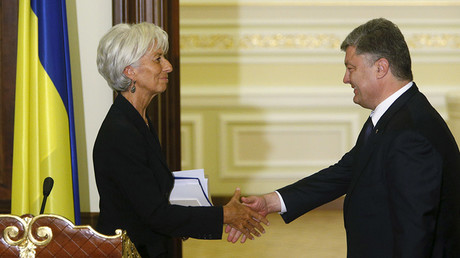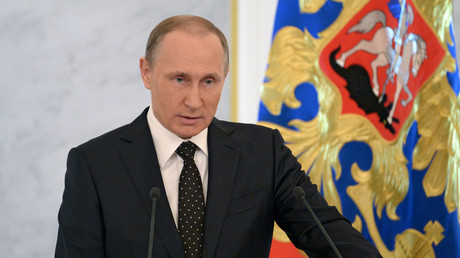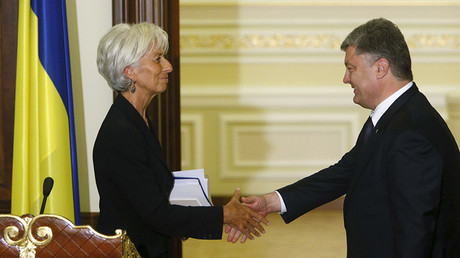The announcement was made during a meeting of the SCO Council of Heads of Government taking place in east-central China’s Zhengzhou city.
“Russia proposes starting consultations with the Eurasian Economic Union and Shanghai Cooperation Organization, including the counties joining the alliance, and with countries of the Association of Southeast Asian Nations on the creation of an economic partnership based on the principles of equality and mutual interests,” Russian Prime Minister Dmitry Medvedev said on Tuesday.
Medvedev stressed that the focus must be on protecting capital investments and optimizing procedures for moving goods across the borders, as well as joint development of technical standards for products.
READ MORE: Russia China to invest $15bn in high-speed rail link from Moscow to Kazan
Another area that needs to be at the forefront of development is a unified transport system for the SCO. “Transport infrastructure is a key condition for the development of large business projects,” Medvedev said.
Free trade zone
Meanwhile, China on Tuesday proposed developing specific measures to create a free trade zone within the Shanghai Cooperation Organization (SCO), according to Chinese Premier Li Keqiang.
“Right now… we’ve agreed that we will instruct trade and economy ministers to work out specific measures to develop a free trade area within the SCO framework to create more favorable conditions for trade,” Li said Tuesday at an expanded meeting of the SCO Council of Heads of Government.
READ MORE: Shanghai Cooperation Organization Ufa summit: A major step forward
Prior to the meeting, Li welcomed the heads of government, which was followed by a photo session.
The SCO, a political, economic and military alliance, includes China, Russia, Uzbekistan, Tajikistan and Kyrgyzstan. Other countries holding observer status with the organization include India, Iran, Belarus, Pakistan, Afghanistan and Belarus.
Article source: https://www.rt.com/business/325944-russia-eeu-osc-asean-partnership/?utm_source=rss&utm_medium=rss&utm_campaign=RSS
